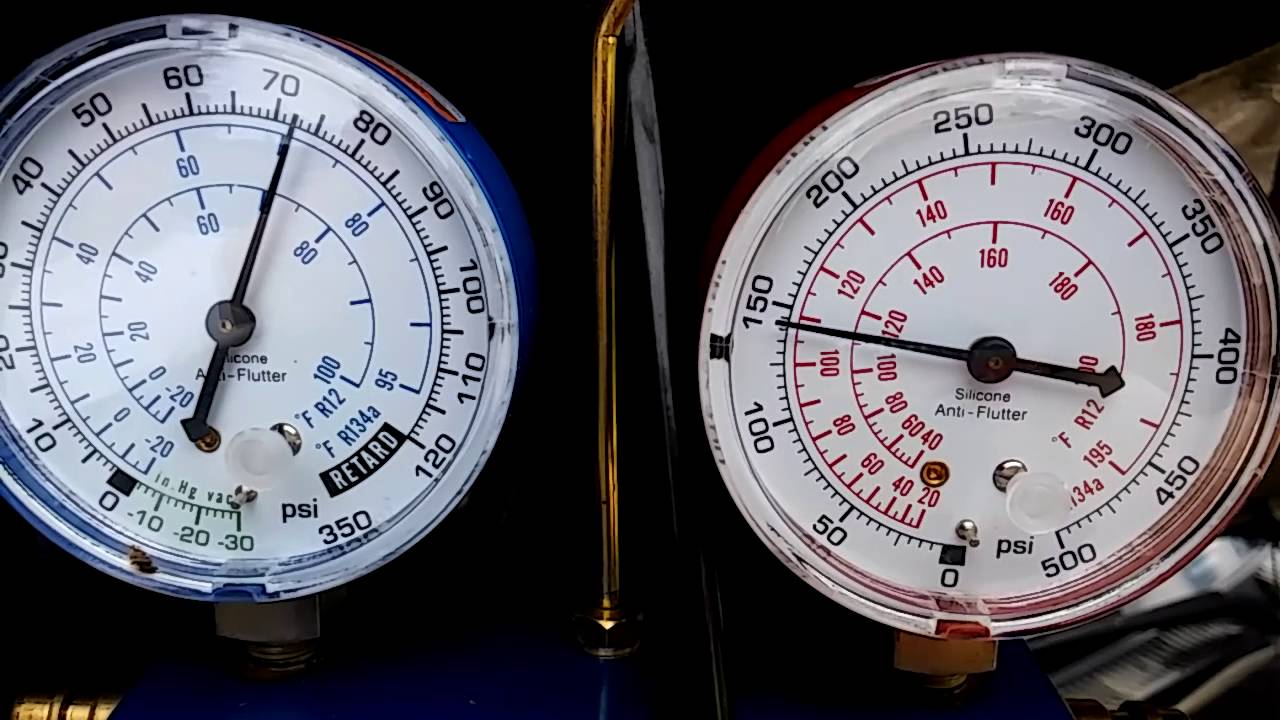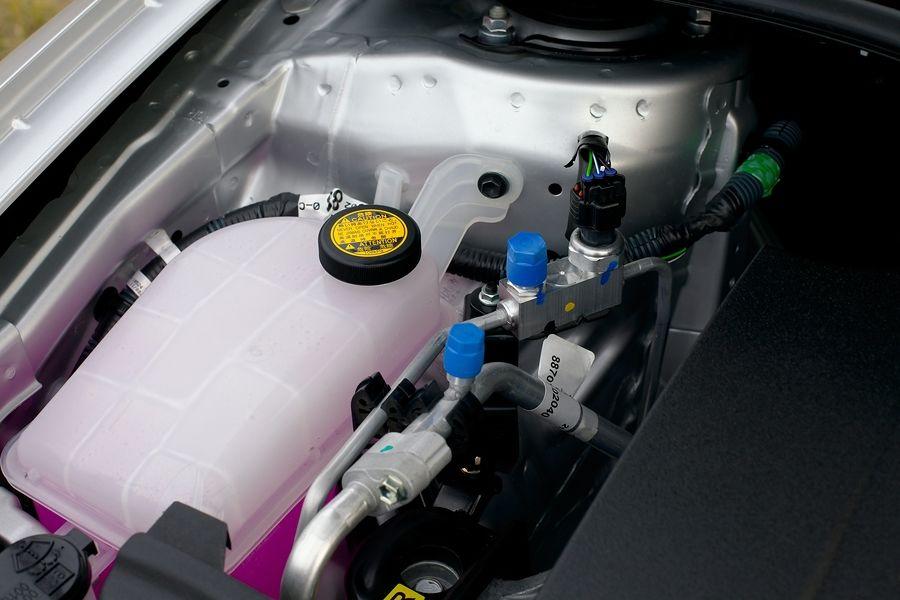FUN FACTS ABOUT USING CARS
By Philipp Meister
Last updated Feb 06, 2018
0 comments
We spend hours a week in our cars driving to and from work, to the store, to school, and to other activities. But do you ever think how much you really know about the vehicle you spend all of this time? Here are the fun facts about using cars we think might surprise you.
- There once was a time when you lost a car key and you could make extra copies at the hardware store for a just few dollars. New keyless entry fobs cost a lot more than your traditional car key – prices can start around $50 and can go up to over $100 – something that many consumers don’t realize until they have to replace them. In order to replace these accessories, you can visit your car dealership to get them replaced. For a less expensive option you can sometimes find various makes and models that match your car from third-party websites, but ensure that you’re getting a model that is compatible to your vehicle.
- We’ve heard of self-driven cars being tested, but did you know that they will need their own special license to be used on the open road? Nevada was the first state in the US to authorize self-driven cars for their state’s roads, and issued the very first autonomous vehicle license.
- The number of “horsepower” that comes advertised with your vehicle represents a basic unit of mechanical power that can be assessed in various ways. Some technical ones involve converting one horsepower to 745 watts, or in a physical conversion, 33,000 foot-pounds of torque per minute. By these measurements, a real horse averages only about .7 horsepower.
- If you’re driving a rental or other new-to-you car, you may not know which side to fill up on. In newer models, car makers have begun to include a “secret triangle” to show you just that. Next time you hop in the car, look on your car’s fuel indicator for this small arrow beside the gas pump icon. This is an easy way to show drivers which side to pull up to the pump.
- Experts that are familiar with the common fuel injection system will tell you that running out of gas can cause serious fuel line problems – and that running low can be detrimental, too. Running out of gas in a fuel injected car can allow small particles of dirt and rust that are concentrated at the bottom of the gas tank, and when the fuel pump sucks them up, some of that dirt can work its way past the fuel filter, into the injectors. A clean fuel filter and new filtration technologies can help to minimize the dangers of running consistently low on gas.
- The first seat belts were installed by auto manufacturers in the 1950s, but adoption of seat belt usage was very low until the early 1980s as a result seat belt use laws passing in more states. Even today seat belt laws vary from state to state, though adoption of their usage has greatly increased nationally – in 2013 the National Highway Traffic Safety Administration (NHTSA) reported national seat belt usage at a rate of 87% the highest ever.
- For the last few years, auto makers have been evolving engine computers to handle aspects of fuel burning and emissions. Items like oxygen sensors and catalytic converters on your vehicle send signals to a computer, which regulates elements of the fuel and air intake process. Problems with this computerized system can flag your check engine light, make your car run strangely, or even cause it to stall.
- Estimates show that the average car has over 30,000 parts. It might seem incredible, but when you start counting things like side panel pins and interior handle screws, you can see how the numbers can start to add up. That’s a lot of little pieces to put together.
- It doesn’t take much gas at all to get your car started; experts have found that the average car takes about half an ounce of gasoline to start. As a comparison, the average shot glass filled at your local bar gets somewhere in the neighborhood of one ounce poured into it.
We think it will be very helpful for everyone to get knowing these fun facts about using cars.














